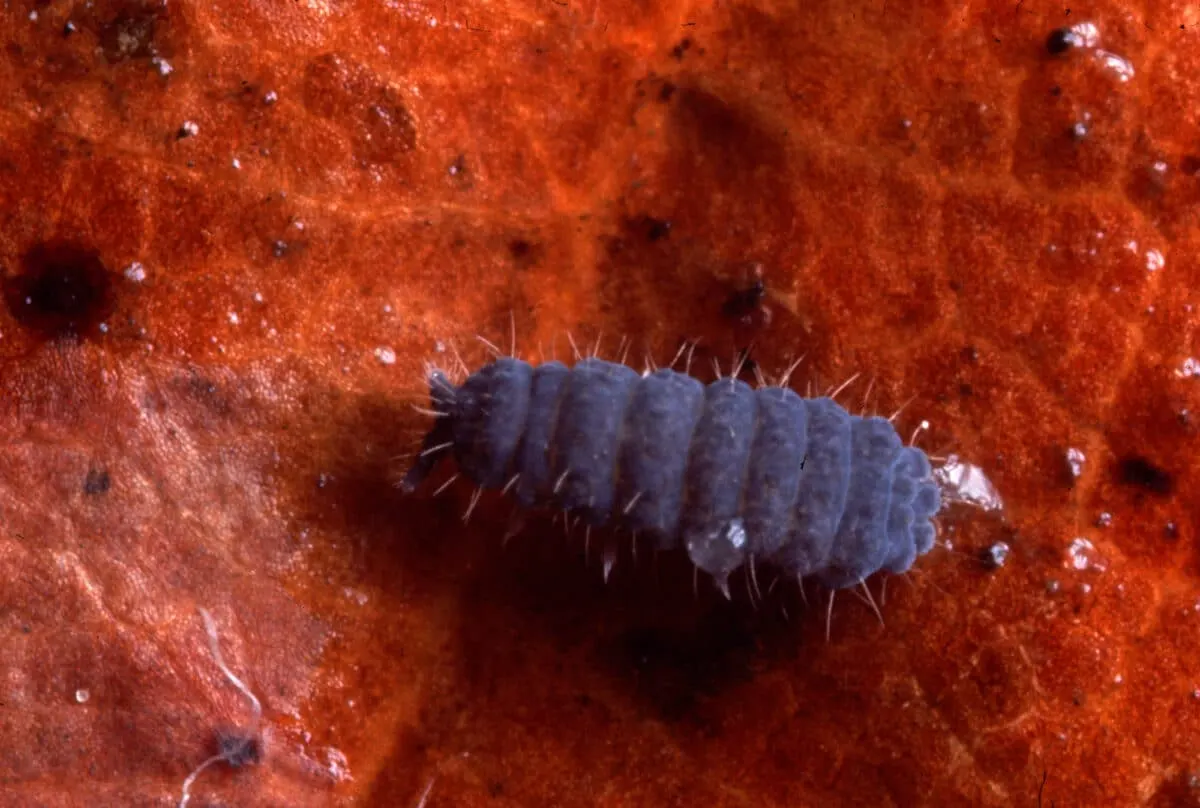When we think of creatures that could potentially survive in the harsh environment of outer space, tardigrades—also known as water bears—stand out as nature’s ultimate survivors. These microscopic animals possess extraordinary resilience that allows them to withstand conditions that would be fatal to most other organisms on Earth. Their remarkable ability to enter a state of suspended animation enables them to endure extreme temperatures, radiation, pressure, and even the vacuum of space. Through various scientific experiments, these tiny arthropods have proven their status as one of the most indestructible creatures on our planet—and beyond it. Let’s explore the fascinating world of tardigrades and their incredible space-surviving abilities.
The Extraordinary Tardigrade: An Introduction
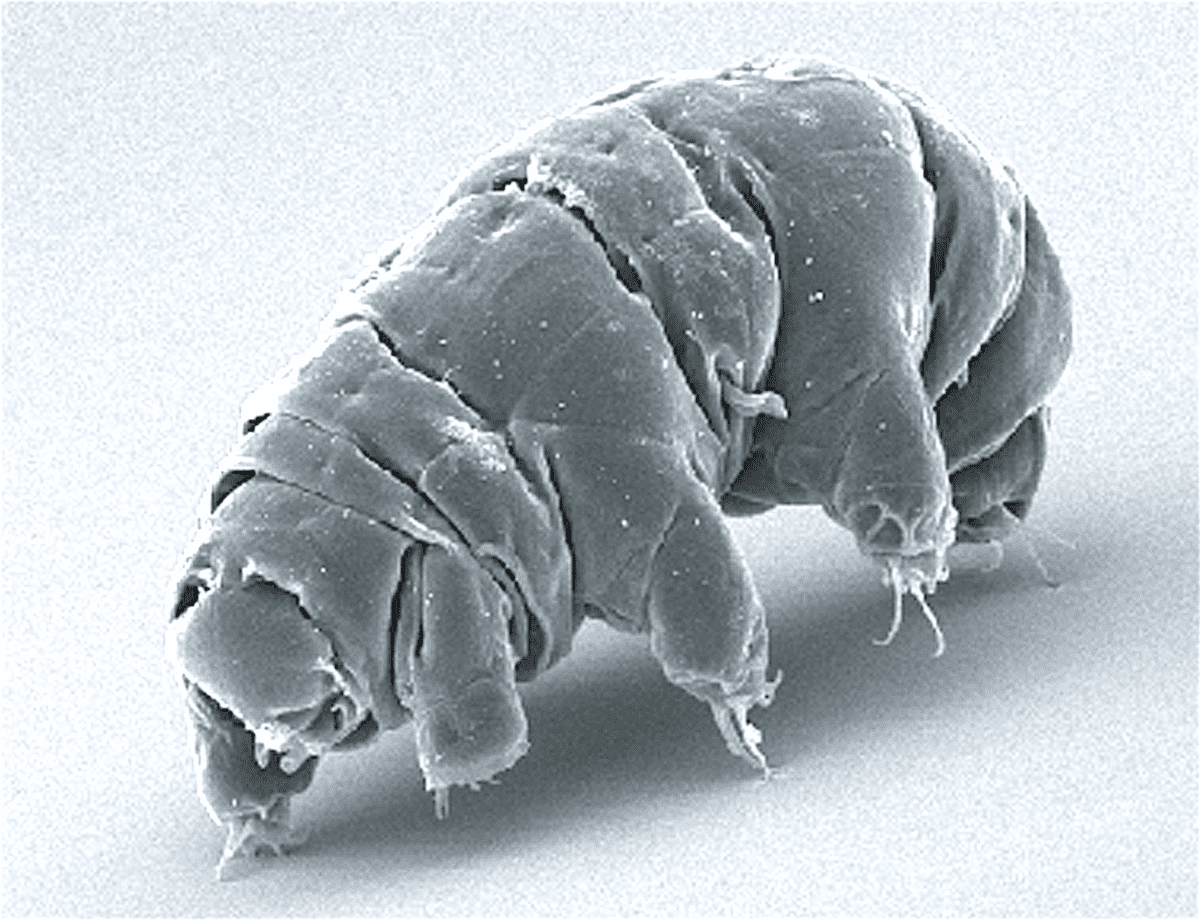
Tardigrades are microscopic invertebrates measuring only about 0.5 mm (0.02 inches) when fully grown. First discovered in 1773 by German zoologist Johann August Ephraim Goeze, these creatures belong to the phylum Tardigrada and are colloquially known as water bears or moss piglets due to their bear-like appearance and movement when viewed under a microscope. Despite their diminutive size, tardigrades have conquered virtually every environment on Earth—from the deepest ocean trenches to the highest mountains, and from tropical rainforests to the Antarctic ice. Scientists have identified over 1,300 species of tardigrades, and they’ve inhabited our planet for more than 500 million years, surviving all five mass extinction events that wiped out countless other species.
The TARDIS Experiment: Tardigrades in Space

In September 2007, the European Space Agency conducted the TARDIS (Tardigrades In Space) experiment as part of the FOTON-M3 mission. During this groundbreaking study, researchers from the University of Stockholm, led by Dr. K. Ingemar Jönsson, exposed dehydrated tardigrades to the vacuum and radiation of open space for 10 days. The experiment aimed to investigate how these organisms would respond to conditions that are typically lethal to life as we know it. When the tardigrades returned to Earth and were rehydrated, scientists were astonished to discover that many had survived the ordeal. Some female tardigrades even laid eggs that successfully hatched into healthy offspring after their space journey. This experiment provided the first concrete evidence that multicellular organisms could survive direct exposure to space conditions, solidifying the tardigrade’s reputation as an extremophile extraordinaire.
Cryptobiosis: The Secret to Space Survival

The key to tardigrades’ remarkable survival in space lies in their ability to enter a state called cryptobiosis—a reversible suspension of metabolism in which they expel almost all water from their bodies and curl into a dehydrated ball known as a “tun.” In this tun state, tardigrades reduce their metabolic activity to less than 0.01% of normal levels, essentially entering a death-like state where all measurable metabolic processes stop. They can remain in this state for decades, possibly even centuries, before rehydrating and returning to active life when conditions improve. During cryptobiosis, tardigrades replace the water in their cells with a sugar called trehalose, which forms a gel-like substance that protects cellular structures and prevents damage from dehydration. This process also stabilizes proteins and cell membranes, preventing the destructive effects of freezing, radiation, and oxidative stress that would otherwise destroy cellular components.
Surviving the Vacuum of Space

One of the most challenging aspects of space survival is coping with the vacuum environment, where pressure is virtually non-existent compared to Earth. In such conditions, most organisms would experience rapid dehydration, cell rupture, and death as water and gases expand and escape from tissues. Tardigrades, however, have evolved mechanisms to withstand these extreme pressure changes. Their tun state prevents the explosive decompression that would kill other creatures, as they’ve already removed nearly all water from their bodies. Additionally, their cell membranes are stabilized by special proteins and sugars that maintain structural integrity even in a vacuum. During the TARDIS experiment, tardigrades exposed to the vacuum of space showed survival rates of 68-83%, depending on the species and whether they were also exposed to radiation—an astonishing figure considering the conditions they endured.
Radiation Resistance in the Cosmos

Perhaps even more impressive than surviving the vacuum is tardigrades’ ability to withstand the intense radiation present in space. Without Earth’s protective atmosphere and magnetic field, organisms in space are bombarded by cosmic rays and solar radiation that can cause severe DNA damage. The TARDIS experiment exposed tardigrades to both UV radiation and cosmic rays. While UV radiation proved more harmful (reducing survival rates to about 10% in some species), many tardigrades still survived even this challenge. Research has revealed that tardigrades possess several molecular adaptations for radiation resistance, including efficient DNA repair mechanisms, antioxidant enzymes that neutralize radiation-induced free radicals, and a protein called Dsup (Damage Suppressor) that physically shields DNA from radiation effects. Studies have shown that the Dsup protein can reduce X-ray-induced DNA damage by approximately 40% when introduced into human cells, highlighting the remarkable protective properties of these tardigrade-specific molecules.
Temperature Extremes Beyond Earth

Space presents dramatic temperature fluctuations that would be lethal to most organisms. In open space, temperatures can range from -270°C (-454°F) in the shade to +120°C (+248°F) in direct sunlight. Tardigrades have demonstrated an extraordinary tolerance for temperature extremes, surviving experimental conditions from near absolute zero (-272.8°C) to well above boiling point (151°C). Their tun state allows them to endure freezing without the formation of damaging ice crystals in their cells, while heat-shock proteins protect their cellular structures at high temperatures. During the TARDIS experiment, tardigrades experienced these temperature fluctuations yet still managed to survive and reproduce after returning to Earth. This temperature resilience is particularly valuable for space survival, as it would allow tardigrades to withstand the thermal challenges of different planetary environments, making them potential models for understanding how life might adapt to extraterrestrial conditions.
Genetic Adaptations for Extreme Survival

The tardigrade genome holds many secrets to their space-surviving abilities. Sequencing studies have revealed that tardigrades possess unique genetic adaptations that contribute to their extremotolerance. Surprisingly, about 17.5% of the tardigrade genome consists of foreign DNA acquired through horizontal gene transfer from bacteria, plants, and fungi—a remarkably high percentage for an animal. These acquired genes appear to provide tardigrades with additional mechanisms for stress tolerance. For instance, tardigrades have multiple copies of genes that encode DNA repair enzymes, allowing them to quickly fix radiation-induced DNA damage. They also possess genes for proteins that prevent water loss, stabilize cellular structures during desiccation, and protect against oxidative stress. Additionally, tardigrades have lost genes that typically cause cell death under stress conditions, allowing their cells to survive scenarios that would trigger self-destruction in other organisms. These genetic innovations make tardigrades particularly well-suited for surviving the multiple stressors encountered in space environments.
Implications for Astrobiology

The survival of tardigrades in space has profound implications for the field of astrobiology, which studies the potential for life beyond Earth. Their resilience suggests that similar life forms might exist on other planets or moons with seemingly inhospitable conditions. Mars, for instance, experiences radiation levels and temperature fluctuations comparable to what tardigrades can withstand. Jupiter’s moon Europa and Saturn’s moon Enceladus, both with subsurface oceans protected by ice shells, could potentially harbor tardigrade-like organisms adapted to extreme pressure and radiation conditions. Furthermore, tardigrades’ survival capabilities lend support to the panspermia hypothesis—the theory that life can be transferred between planets via meteoroids, asteroids, and comets. If tardigrades can survive in space, similar organisms might have traveled between celestial bodies, potentially seeding life throughout our solar system or beyond. By studying tardigrades, astrobiologists gain insights into the limits of life and what adaptations might be necessary for organisms to survive on other worlds.
Tardigrades as Biological Legends
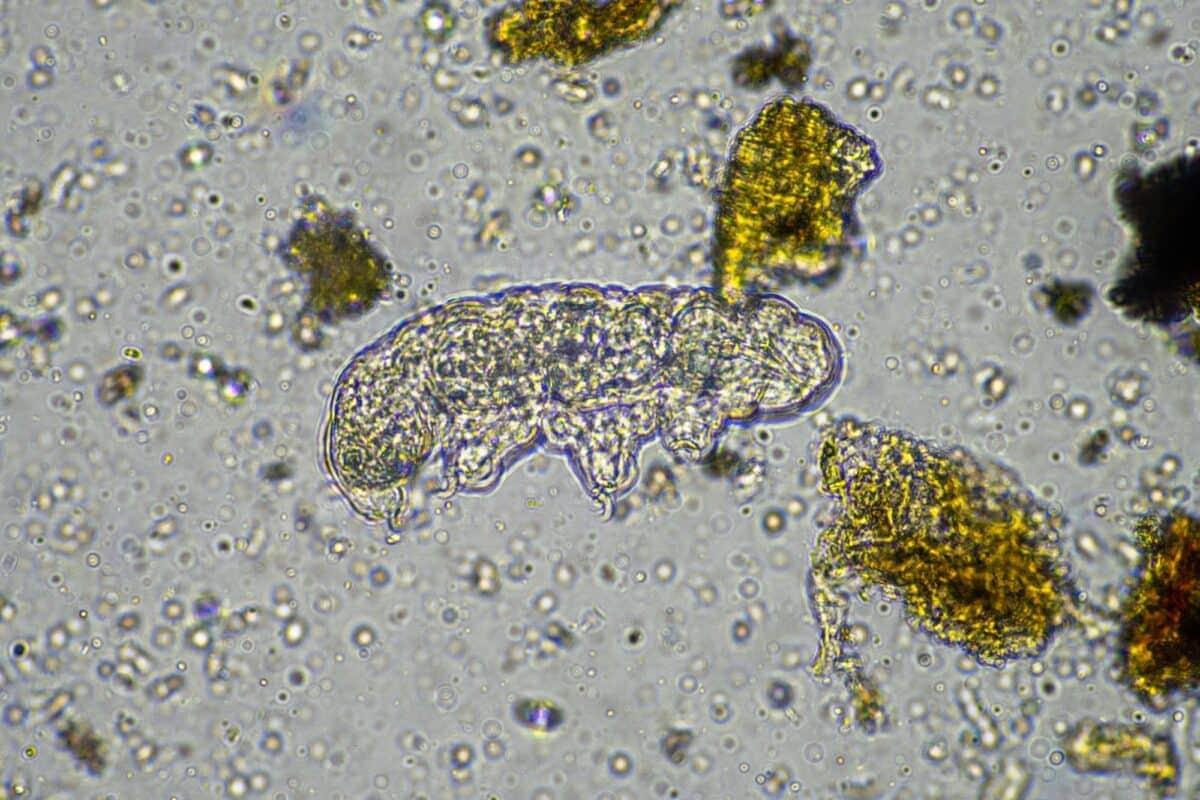
The fame of tardigrades extends beyond scientific circles into popular culture, where they’ve become symbols of indestructibility. Their space-surviving capabilities have earned them appearances in science fiction, including “Star Trek: Discovery,” which featured a fictional propulsion system based on “tardigrade DNA.” Beyond entertainment, tardigrades serve as inspiration for biomimetic engineering—the development of technologies that mimic biological systems. Researchers are studying tardigrade proteins to develop better methods for preserving biological materials, including vaccines, blood products, and organs for transplantation. The ability to preserve these materials at room temperature without refrigeration, inspired by tardigrade desiccation tolerance, could revolutionize medicine, especially in regions with limited infrastructure. Additionally, understanding how tardigrades protect their DNA from radiation could lead to better radiation protection for astronauts during long-duration space missions or improved treatments for radiation exposure on Earth.
Space Travel Impacts on Tardigrade Biology
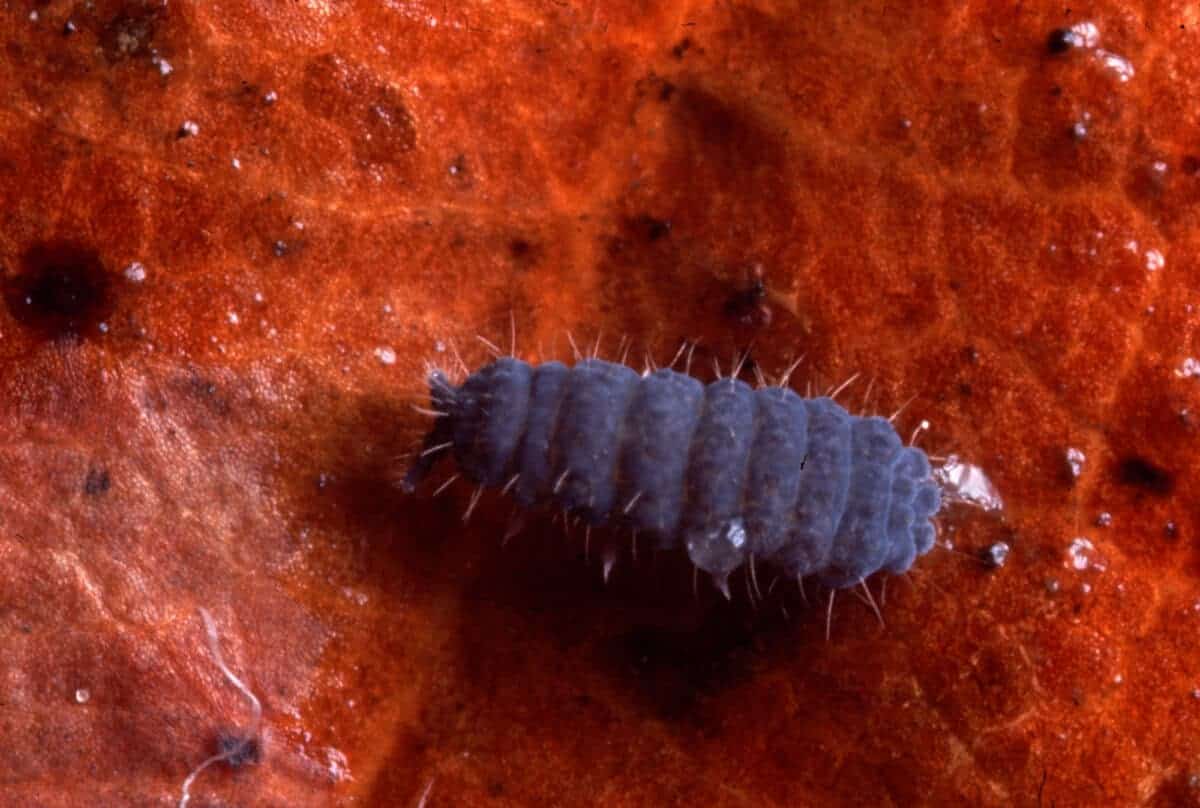
While tardigrades can survive in space, exposure to such extreme conditions isn’t without consequences. Studies have shown that space-exposed tardigrades can experience subtle biological changes, including altered gene expression, reduced fertility, and slightly shortened lifespans compared to control groups. The 2007 TARDIS experiment revealed that exposure to both vacuum and radiation resulted in higher mortality than vacuum alone, suggesting cumulative stress effects. More recent studies on the International Space Station have examined how multi-generational exposure to microgravity affects tardigrade development and reproduction. Initial results suggest that tardigrades can adapt to microgravity conditions over several generations, with offspring born in space showing enhanced tolerance to the space environment compared to their Earth-native counterparts. These findings provide valuable insights into how complex organisms might adapt to long-term space habitation, which could inform future human space exploration strategies and potential extraterrestrial colonization efforts.
Lunar Tardigrades: The First Terrestrial Animals on the Moon
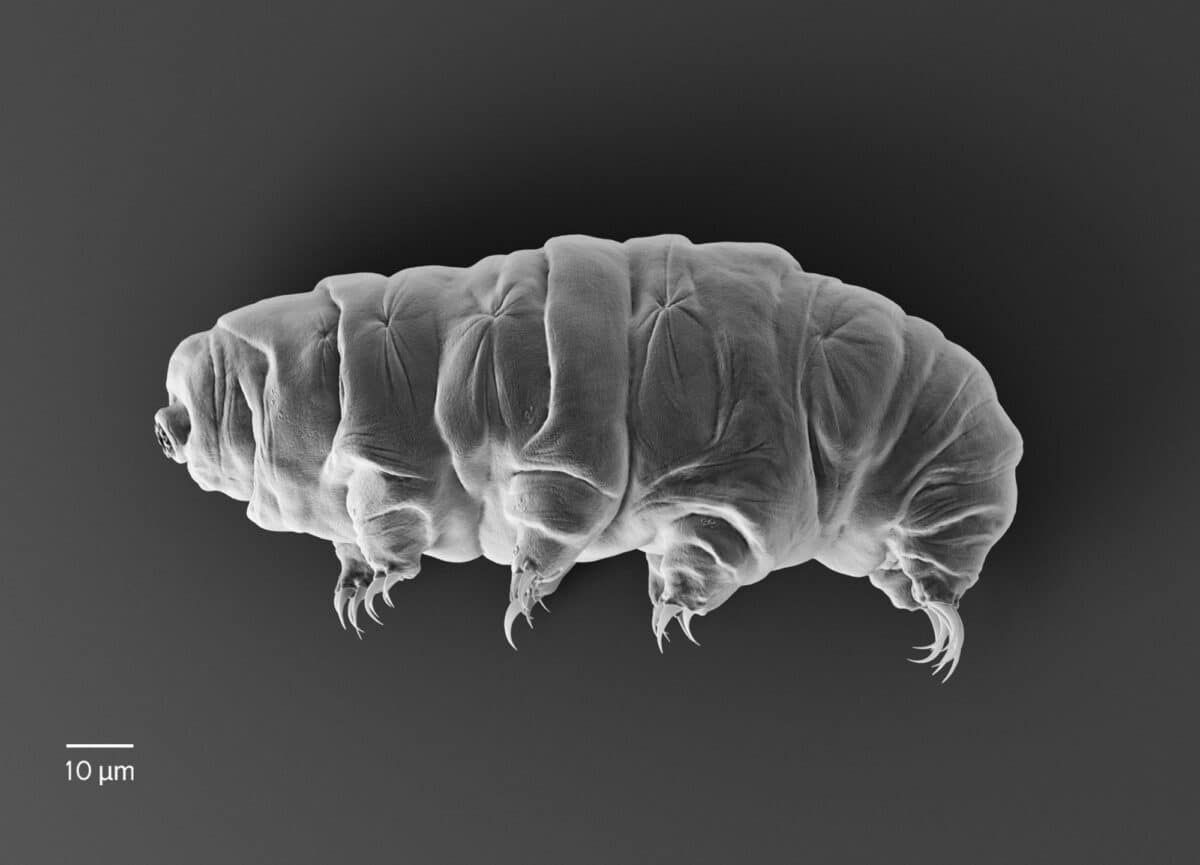
In April 2019, tardigrades made headlines when thousands of dehydrated specimens were aboard the Israeli Beresheet lunar lander, which crashed on the Moon’s surface. These tardigrades were part of a “lunar library”—a digital archive containing human knowledge and DNA samples designed to serve as a backup of Earth’s biodiversity. While the crash was unplanned, it resulted in tardigrades becoming the first known terrestrial animals deposited on the Moon. The tardigrades were in their tun state, encased in artificial amber and resin layers within the archive. According to the Arch Mission Foundation, which created the lunar library, there’s a possibility that some tardigrades survived the crash, though they would remain in suspended animation in the Moon’s airless, radiation-filled environment. If future missions were to recover these specimens and return them to Earth, it would provide an unprecedented opportunity to study the long-term effects of lunar conditions on biological organisms and further illuminate tardigrades’ extraordinary survival capabilities.
Future Research and Space Applications
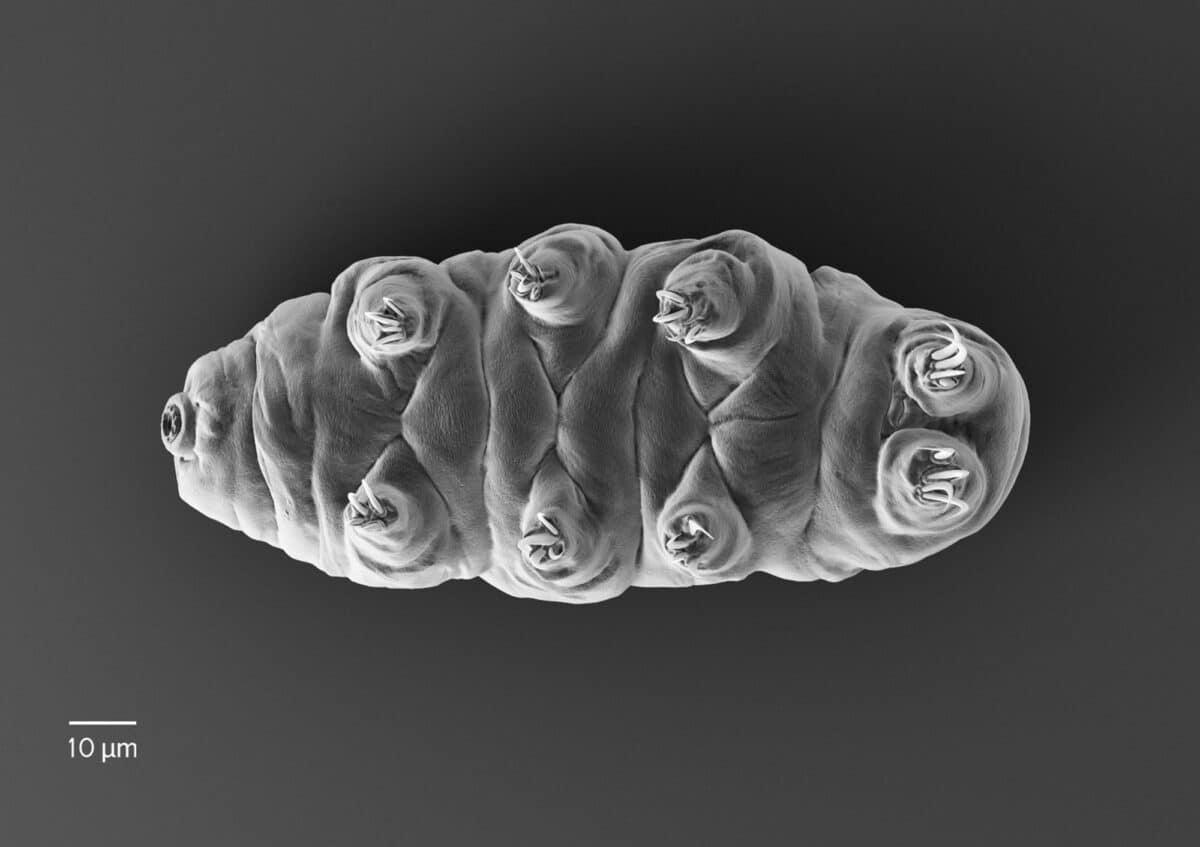
The remarkable space-surviving abilities of tardigrades continue to inspire new research and practical applications. NASA and other space agencies are studying tardigrades to develop better radiation shields and life support systems for long-duration space missions. The Artemis program, which aims to return humans to the Moon and eventually send them to Mars, includes biological experiments examining how tardigrade-derived compounds might protect astronauts from radiation and other space hazards. Biotechnology companies are investigating tardigrade proteins for applications in vaccine preservation, allowing vaccines to be stored without refrigeration—a potential game-changer for global health initiatives. Scientists are also exploring tardigrade-inspired biomaterials that could protect satellites and spacecraft from radiation damage. Perhaps most intriguingly, some researchers propose using tardigrades as biological indicators in the search for extraterrestrial life; environments that could support tardigrades might also harbor native life forms with similar adaptations. As we continue to explore beyond Earth, these microscopic space survivors will undoubtedly play a significant role in advancing our understanding of life’s potential throughout the cosmos.
Conclusion: Lessons from Earth’s Toughest Space Travelers

The ability of tardigrades to survive in space represents one of the most extraordinary adaptations in the natural world. These microscopic creatures, through millions of years of evolution, have developed mechanisms that allow them to endure conditions far beyond what their original aquatic habitats would require. Their resilience challenges our understanding of the limits of life and expands our conception of where organisms might potentially exist in our solar system and beyond. As we face mounting environmental challenges on Earth and look toward a future that may include human settlement on other worlds, tardigrades offer valuable lessons in adaptation and survival. They remind us that life, once established, can develop remarkable strategies to persist even in the most hostile environments imaginable. Perhaps most importantly, these tiny space-surviving animals provide a humbling perspective: despite their microscopic size and simple organization, tardigrades have mastered challenges that our own technologically advanced species still struggles to overcome. In the story of life’s incredible journey on our planet—and potentially elsewhere—these unassuming water bears may well be the ultimate survivors, outlasting even humanity in the grand cosmic tale.
- What Lurks in the Twilight Zone? The Mysterious Mid-Ocean Layer - August 16, 2025
- Why Lassie Still Inspires Generations - August 16, 2025
- Are Electric Cars Actually Helping the Environment or Just Funding Major Corporations? - August 16, 2025

